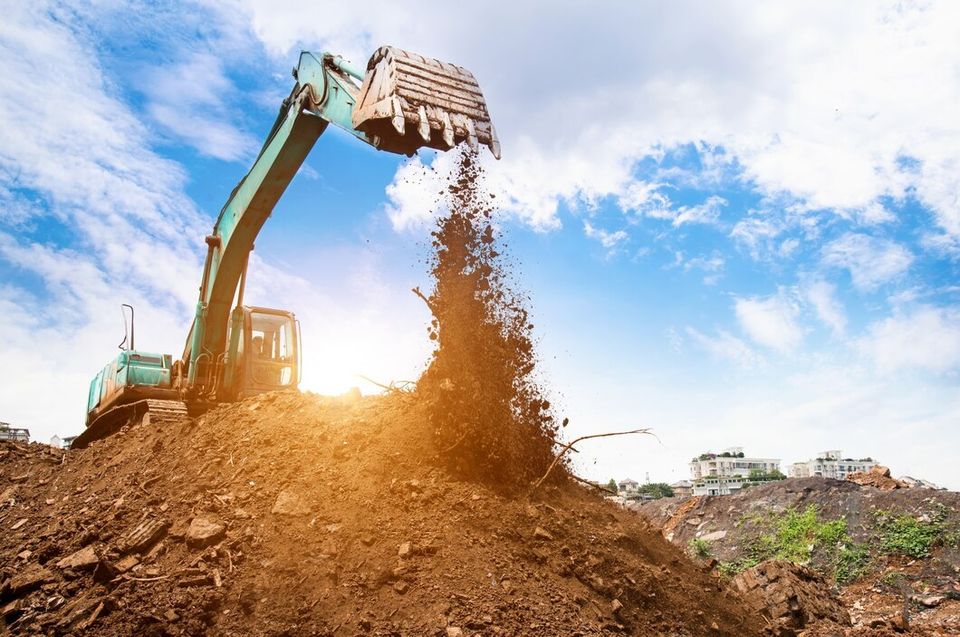Soil improvement and modification are critical factors that determine the long-term success of any construction project. Implementing best practices for soil management can significantly enhance the stability, durability, and performance of the built structure while also contributing to cost efficiencies and sustainability. By adopting these best practices, construction professionals can create a solid foundation for their projects, ensuring that they stand the test of time.
1. Comprehensive Site InvestigationA thorough site investigation is critical for understanding the existing soil conditions and challenges associated with a construction project. This process typically involves geotechnical and environmental assessments, including soil boring, laboratory testing, and groundwater monitoring. By obtaining accurate and detailed information about the site's soil properties, construction professionals can select the most appropriate improvement and modification techniques to address specific soil issues.
2. Selection of Suitable Soil Improvement TechniquesThere are numerous soil improvement and modification techniques available, each with unique strengths and limitations. Selection of the most appropriate method should be based on factors such as soil type, project scale, and environmental considerations. Techniques such as soil stabilization, soil cementing, and reinforcement using geosynthetics are among the various options available to improve soil properties and overall construction quality. Understanding each technique's advantages and limitations will enable construction professionals to choose the method that best meets their project's needs.
3. Use of High-Quality Materials and EquipmentThe use of high-quality materials and equipment is crucial for successful soil improvement and modification projects. Substandard materials or poorly maintained equipment can compromise the integrity and performance of the improved soil. Construction professionals should strive to source only high-quality materials and ensure all equipment is in excellent working condition for optimal results.
4. Properly Trained and Skilled PersonnelSoil improvement and modification techniques require specialized training and expertise to execute effectively. Construction professionals should ensure that their teams are well-trained and experienced in the selected techniques to guarantee the desired project outcomes. Providing ongoing training and development opportunities for team members can help maintain and enhance their skill sets, promoting a culture of continuous improvement in soil management.
5. Effective Quality Control and MonitoringContinuous quality control and monitoring are essential for ensuring successful soil improvement and modification practices. Construction professionals should establish comprehensive monitoring plans, including regular testing of material properties, such as compaction, strength, and consistency. By setting performance benchmarks and actively tracking progress, project managers can quickly identify and address any deviations from the desired standards, leading to more reliable soil improvement results.
6. Adherence to Safety StandardsGiven the potential hazards associated with soil improvement and modification activities, it is crucial that construction professionals adhere to strict safety standards and adopt best practices to protect personnel and property. This may include compliance with local, state, and federal regulations, implementation of safe work procedures, and provision of adequate personal protective equipment (PPE) for all team members.
7. Proper Drainage and Erosion ControlManaging water flow and preventing erosion are critical components of effective soil improvement and modification projects. Construction professionals should design and implement appropriate drainage and erosion control measures, such as the installation of retention ponds, swales, and sediment barriers, to minimize adverse impacts on the improved soil and the surrounding environment.
8. Environmental Sustainability and ResponsivenessSoil improvement and modification should be conducted with an eye toward minimizing environmental impacts. Construction professionals should seek to use eco-friendly materials, techniques, and equipment whenever possible, and remain responsive to changing environmental conditions during the project's duration. By adopting sustainable approaches and proactively addressing environmental concerns, construction professionals can reduce the environmental footprint of their projects and contribute to a more sustainable built environment.
9. Flexibility and Adaptability in ApproachUnforeseen challenges or changes can arise during construction projects, requiring adaptation in approach and techniques. Construction professionals should remain flexible and adaptable during soil improvement efforts, ready to adjust strategies and methodologies in response to evolving conditions or unexpected findings. Collaboration among team members and stakeholders is crucial for rapid problem-solving and decision-making to keep the project on track.
10. Continuous Improvement and LearningBy routinely reviewing soil improvement and modification project outcomes, construction professionals can identify opportunities for improvement and implement best practices more effectively in future projects. Embracing continuous improvement and learning can contribute to the development of more efficient, effective, and successful soil improvement approaches tailored to the unique needs and challenges of each project.
By following these top 10 best practices in soil improvement and modification, construction professionals can create long-lasting, stable, and high-quality infrastructure across diverse terrains. These practices foster success and stability in construction projects, leading to cost and time efficiencies, improved safety and sustainability, and a better built environment.
Unlock the Potential of Your Construction Project with Terra-Firma Stabilization & ReclamationIn conclusion, incorporating these top 10 best practices for soil improvement and modification can significantly enhance the success, stability, and overall quality of your construction projects. By understanding the importance of effective soil management and adopting these proven strategies, construction professionals can create a solid foundation for their projects to endure and thrive.
At Terra-Firma Stabilization & Reclamation, our team of experts is ready to assist you with a wide range of soil management solutions, including soil improvement and modification services. Leveraging our industry-leading knowledge and experience, we work alongside our clients to ensure their construction projects benefit from the highest standards of soil management. With Terra-Firma Stabilization & Reclamation as your partner, you can build with confidence, knowing that your project is supported by the most effective soil improvement and modification practices available.
Let Terra-Firma Stabilization & Reclamation guide you on the path to construction success. Contact us today to learn more about our
soil modification service, and discover how Terra-Firma Stabilization & Reclamation can help you unlock the full potential of your construction project.

